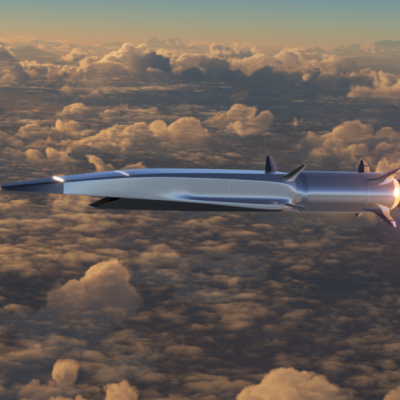A new breakthrough in space travel has been discovered by Dr. Erik Lentz of the University of Göttingen. In an article published in Classical and Quantum Gravity, Lentz presents an approach to traveling at any speed, including faster than the speed of light, which bypasses known physical problems. Lentz analyzed existing research on the warp drive and discovered that there are still unexplored configurations of space-time curvature known as solitons or warp bubbles. These compact waves maintain their shape and move at a constant high speed through space. Lentz believes that solitons are physically realizable and offer the potential for faster-than-light travel.
According to Lentz’s calculations, solitons could be achieved with conventional energy sources, making it possible to travel to Proxima Centauri within a few years. This is a significant improvement over current rocket technology, which would require more than 50,000 years for the same journey. However, Lentz notes that the energy required for this type of propulsion is astronomical and would need to be drastically reduced to be within the range of modern nuclear reactors. Lentz is optimistic, however, that previous research on energy-saving mechanisms could potentially reduce the energy required by almost 60 orders of magnitude.
This work represents a significant step towards practical applications of faster-than-light travel. Lentz believes that the next step is to figure out how to bring the astronomical amount of energy required into the realm of modern technology, such as a large modern nuclear power plant. Once this is achieved, the construction of the first prototypes could begin. Lentz’s work has brought the problem of faster-than-light travel one step closer to practical application, moving it away from theoretical research in fundamental physics and towards technology.










